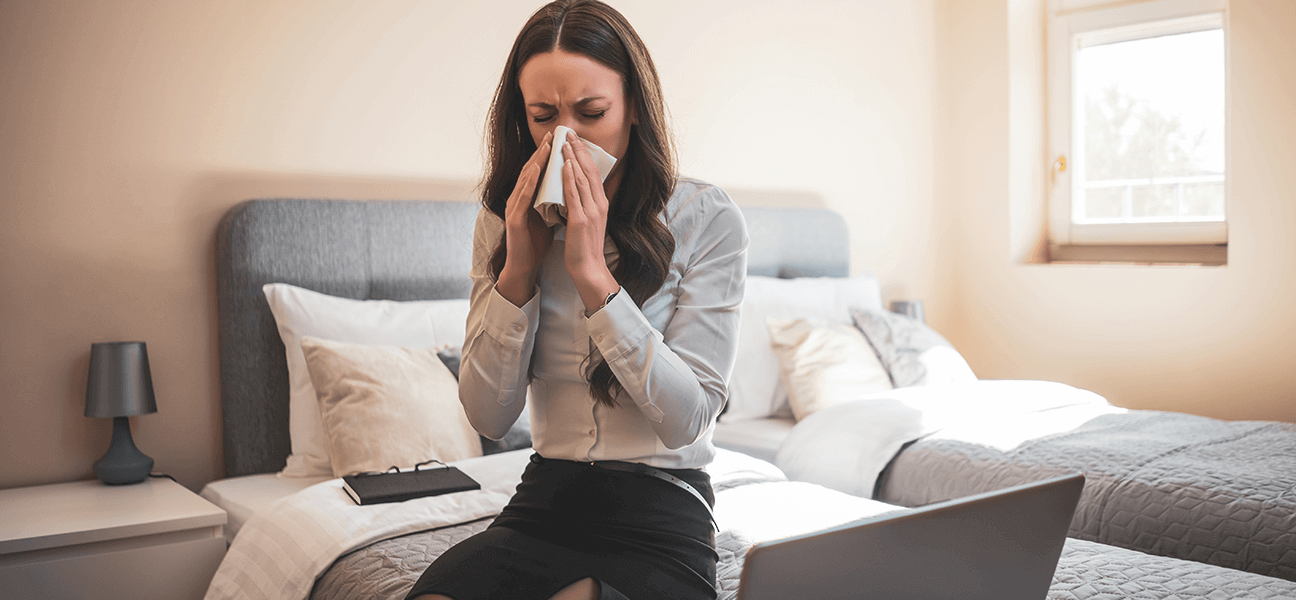Wellness is a growing focus of the hospitality experience, with the industry increasingly offering healthy, relaxing and personal care-driven stays to guests. This is a basic principle of resorts and spas, while hotel locations have also integrated health consciousness into their environment. This process must begin with the physical environment of your facility.
An often-unrecognized component of wellness in hotels and resorts is bed bug prevention. These tiny creatures not only disrupt guest sleep but put their well-being at risk. Not only are bed bug bites itchy and prominent, but bed bugs also leave behind something potentially more harmful: histamine.
Histamine is a chemical that exists naturally in the human body, alerting the immune system to threats, allergens or irritants. In normal quantities, it is an essential neurotransmitter. However, in excess, histamine exposure may lead to allergic reactions, respiratory issues, inflammation, skin rashes and sleep disturbances. Bed bugs contribute to raised histamine levels as the chemical is found in their excretions and skin shedding. Bugs that have had a human “blood meal” are known to produce even more histamine than others, and bed bug-infested rooms contain 20 times the histamine as those without the pests.
Implementing routine bed bug inspections (initially by trained pest management professionals, followed by staff monitoring their presence) can help detect introductions before they become full-blown infestations. Prompt action is crucial to prevent infestations. Training hospitality staff in identifying bed bugs, plus prevention techniques can significantly impact detection and eradication.
The hospitality sector is renowned for innovation. It must be willing to adopt cutting-edge bed bug strategies as well. From heat treatments to bed bug-sniffing dogs, the pest control industry continually evolves to stay one step ahead of these tiny intruders. An added solution to bed bug mitigation and prevention is ActiveGuard™ Mattress Liners, which can be a centerpiece of an overall preventive plan. They prevent bed bugs from laying eggs for two years and driving an infestation by killing existing ones. Once installed on every bed on your property, they work 24/7 to protect every guest.
Wellness should encompass every aspect of the guest experience, starting with your physical environment. Bed bug prevention primes a property to offer guests a comfortable and rejuvenating stay.

